Five Types Of Makeup Brush Cleaner For Every Situation
In this week’s Squalor, I covered how — and (theoretically, at least) how often — to wash makeup brushes and applicators. In the column, I mentioned two types of brush cleaner, liquid and solid. But those aren’t the only options out there, oh no no!
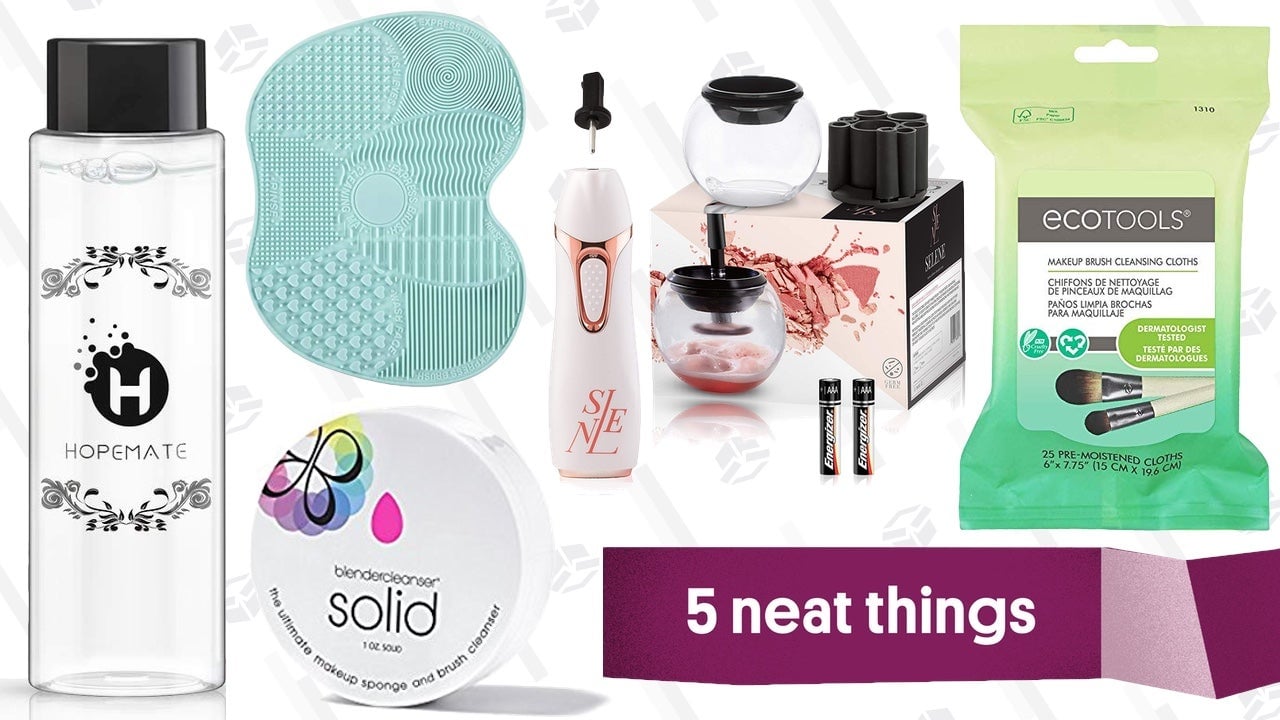
In this week’s Squalor, I covered how — and (theoretically, at least) how often — to wash makeup brushes and applicators. In the column, I mentioned two types of brush cleaner, liquid and solid. But those aren’t the only options out there, oh no no!
Suggested Reading
Makeup brush cleaners are available in a bunch of different formats, all of which are good in their own ways, and will work to remove makeup and bacteria from brushes and applicators. But, depending on how (and how often!) you clean your makeup brushes, some options are better than others, so here’s a breakdown of the five most common types of makeup brush cleaner and why you might want to choose one over the other, based on your needs/wants/hopes/fears/dreams.
Related Content
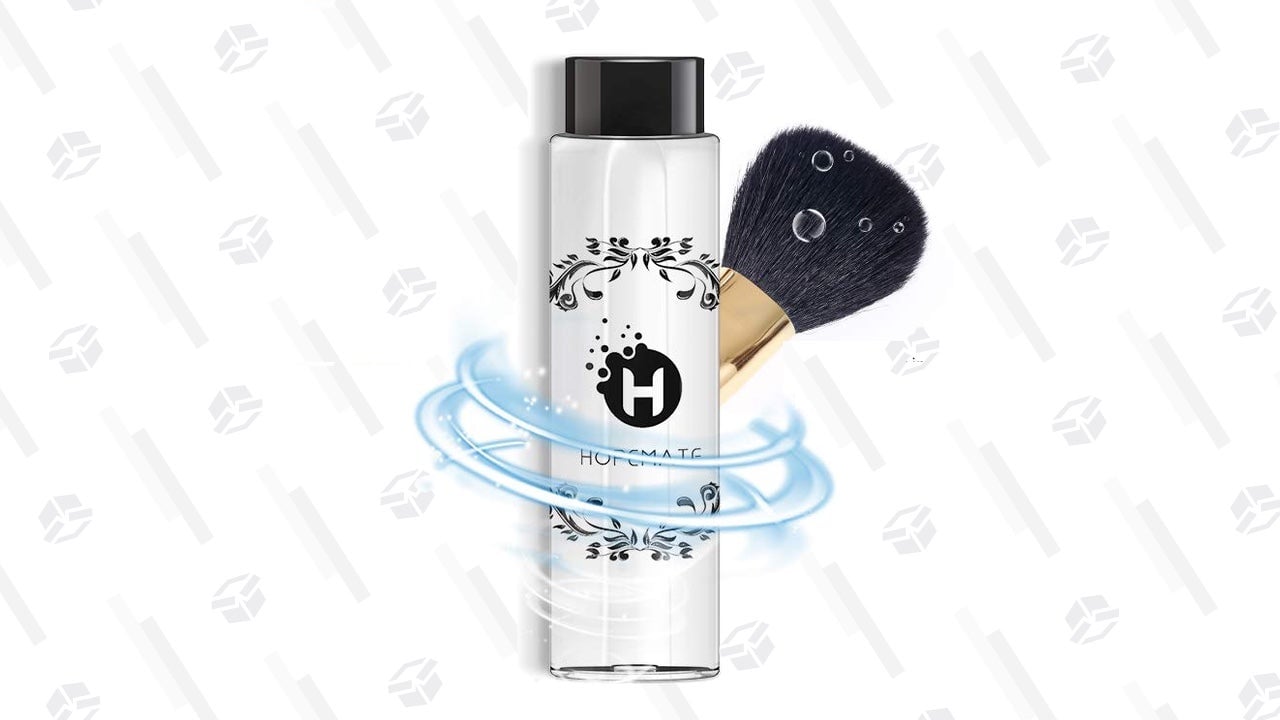
Liquid Brush Cleaner
Liquid makeup brush cleaner is sort of like the OG of brush cleaners: It’s the format that’s been around the longest, and it’s also the easiest to make yourself. Here’s a recipe for a DIY makeup brush cleaner that’s in my book, My Boyfriend Barfed In My Handbag … And Other Things You Can’t Ask Martha:
Ingredients and Equipment
1 cup distilled water
Instructions
- Combine all ingredients and gently mix together
- Using the funnel, if you so choose, pour the cleansing mixture into your container
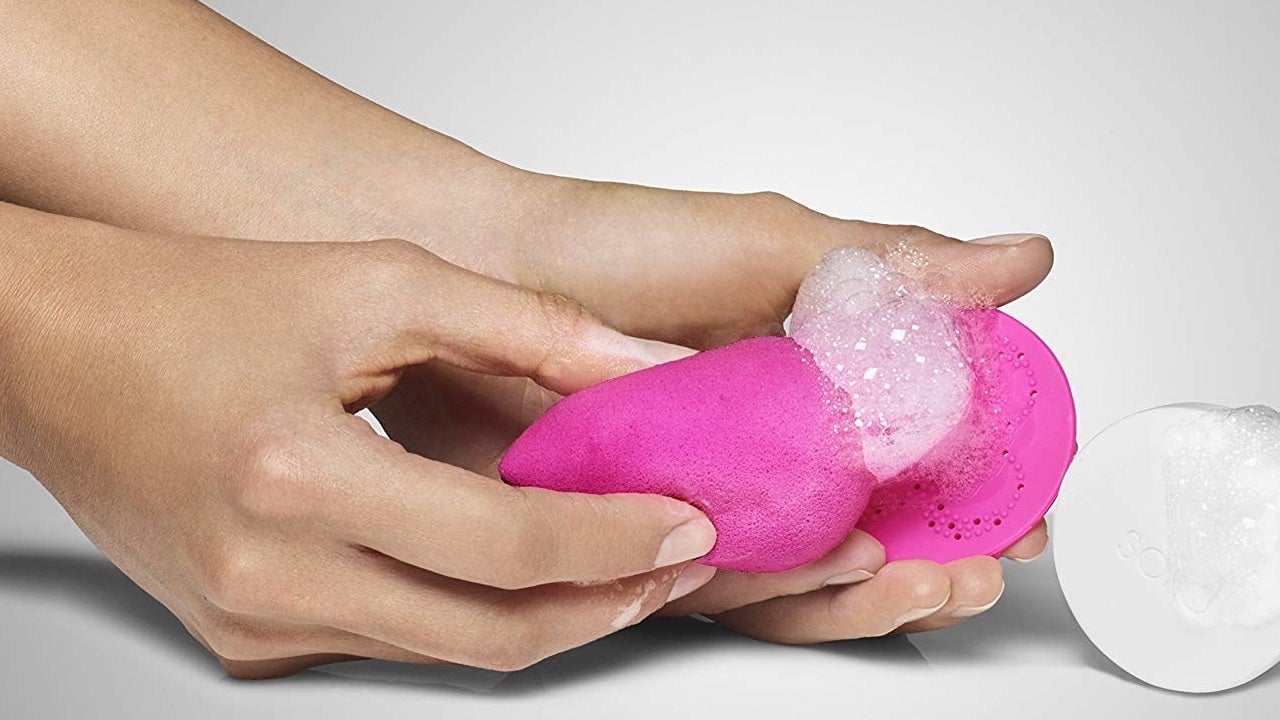
Solid Brush Cleaner
Solid brush cleaner has two advantages over liquid brush cleaner: One, it’s travel-friend because it doesn’t pose leaking issues, and because you don’t need to worry about whether the bottle contains 3 ounces or less of liquid, or whatever the restriction is that the TSA is imposing on us these days. But also, solid brush cleaner is easier to use for quickly cleaning just one brush, or a sponge applicator, in between uses — which can be handy for those of us (me, you guys, I’m talking about me) who have a favorite eyeliner brush and also a tendency to wear bright green eyeliner one day and bright purple the next and need to clean that favorite eyeliner brush after pretty much every use.
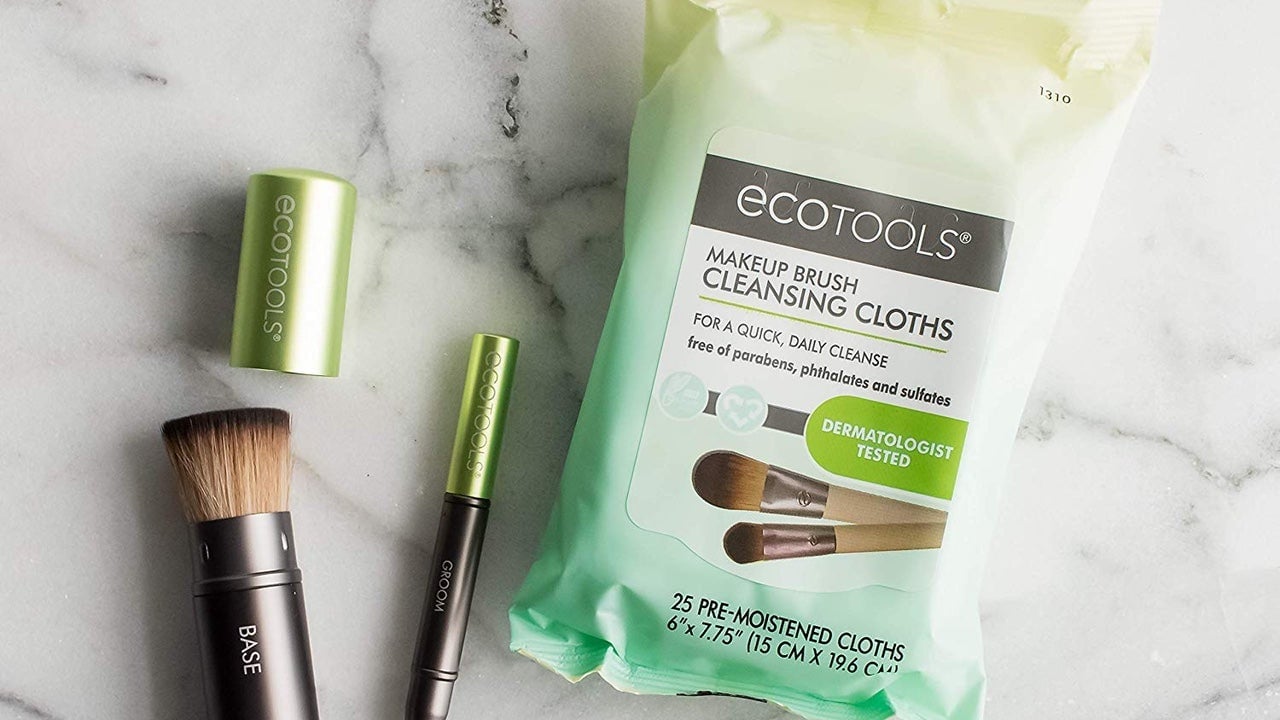
Brush Cleaning Wipes
If ease of brush cleaning is what you’re looking for, brush cleaning wipes are here to make things super easy for you! These will be a great choice for people who want to be very diligent about keeping makeup brushes clean but need to also use them regularly, because they don’t require water, which means the brushes will dry in just a few minutes. They’re also, duh, great for travel — of course on the flip side, they’ll cost you more per-use and are also more wasteful, landfill-wise. To use them, lay the wipe in the palm of your hand, and swipe the bristles back and forth across the cloth until no more makeup residue comes off. Then, lay the brushes flat to air dry and in 5 minutes they’ll be ready to use again.
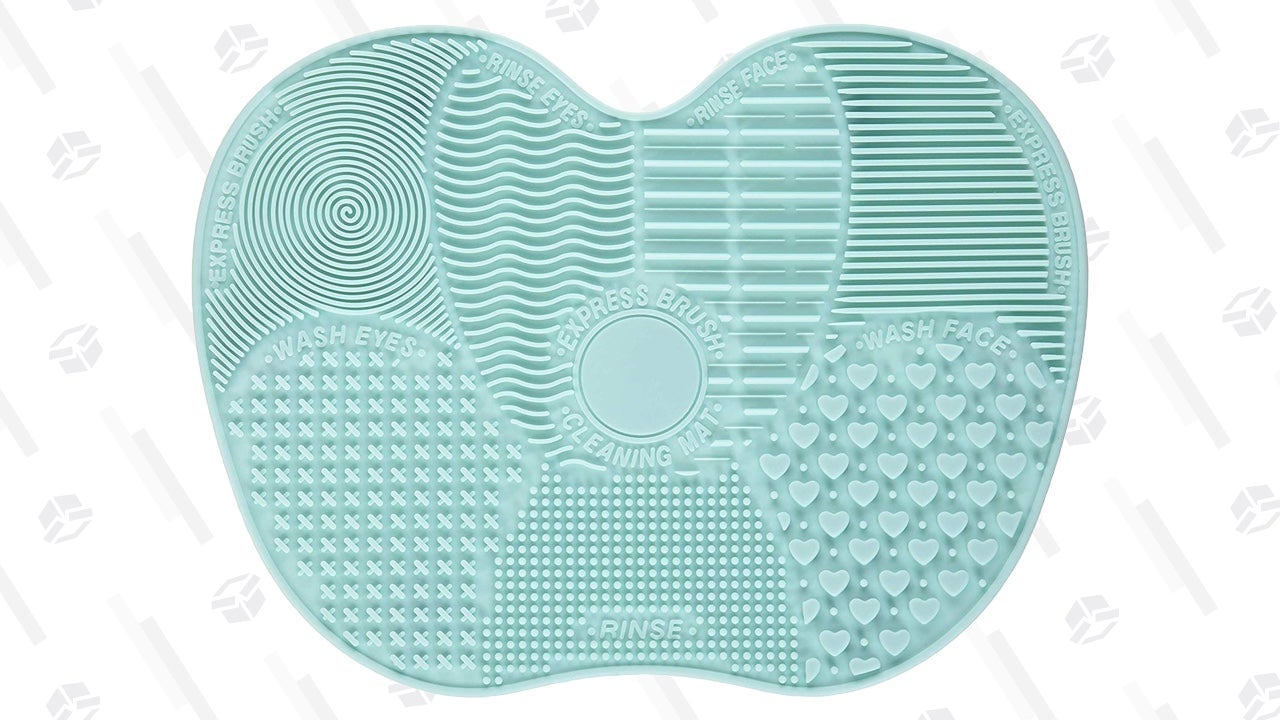
Silicone Cleaning Mats
Most solid makeup brush cleaners come with a small, circular silicone disc with raised nubs that help to release makeup residue from bristles. The problem is that, well, the discs that are included with solid cleaners are pretty small. Larger silicone mats, which can be bought separately, allow you to more quickly clean brushes, and also make cleaning large brushes like the ones used for foundation and powder application much, much easier. Brush cleaning mats can also be used with or without cleaner.
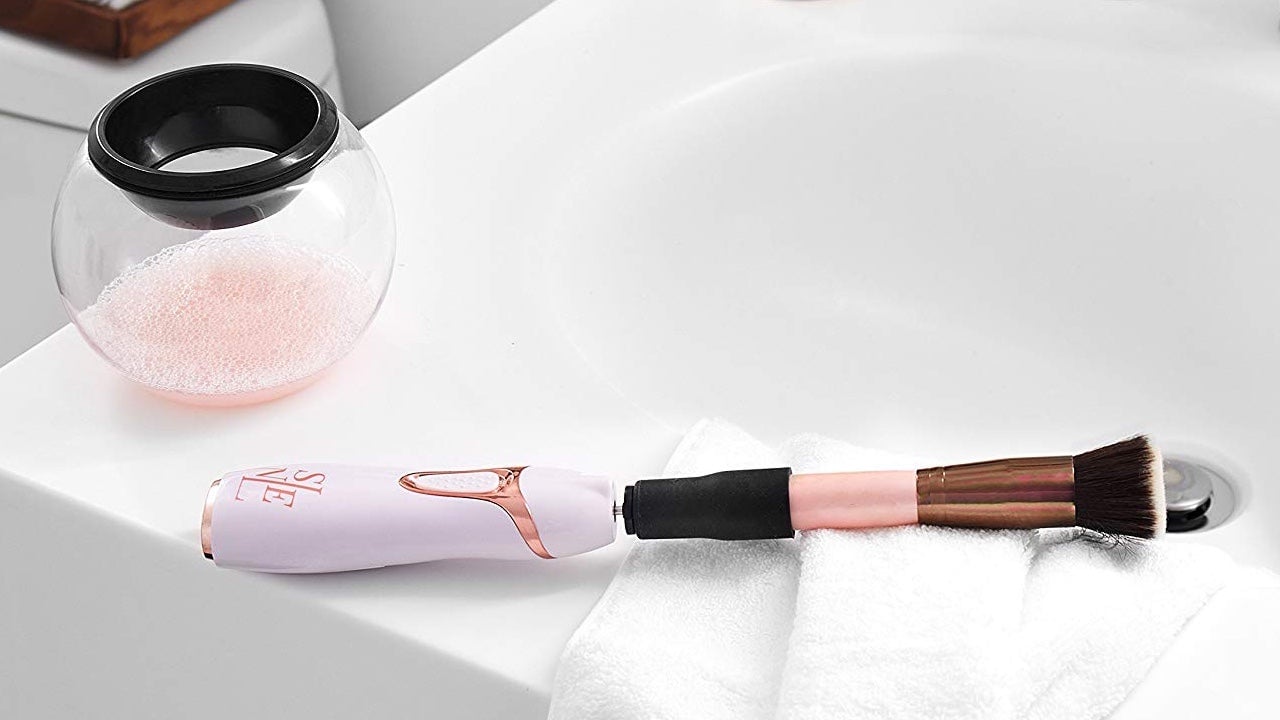
Power Cleaners
Well, you had to know I would include a brush washing power tool! This battery operated cleaner is kind of like a stick blender for your makeup brushes: You’ll attach the brush to the collar, insert it into the bowl that you can fill with liquid makeup brush cleaner or a mild soap diluted with water. The brush will spin in the solution, releasing makeup residue, and then, as you pull the brush up, the spinning motion will spin away liquid, drying the brush so it will be immediately ready to use again.
